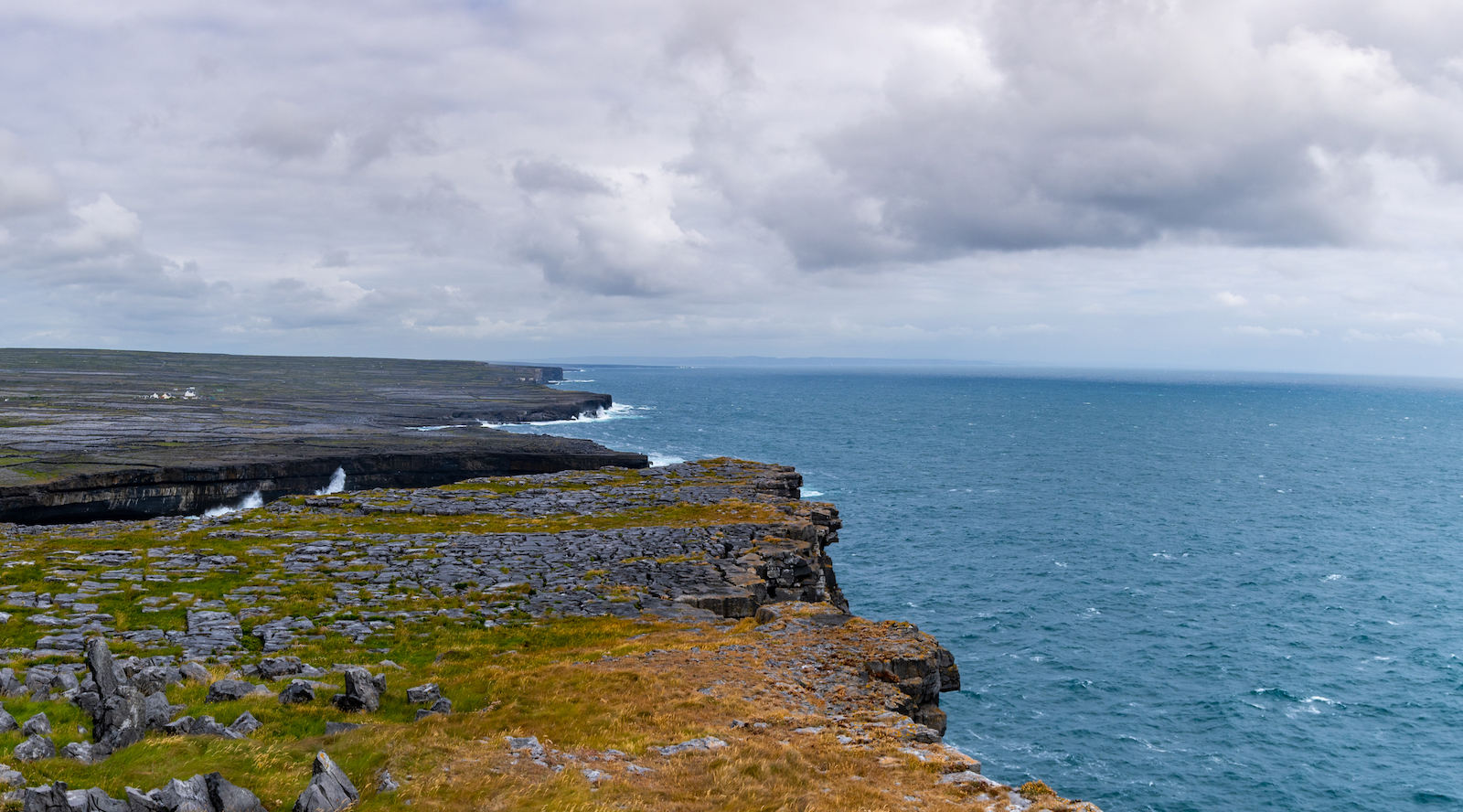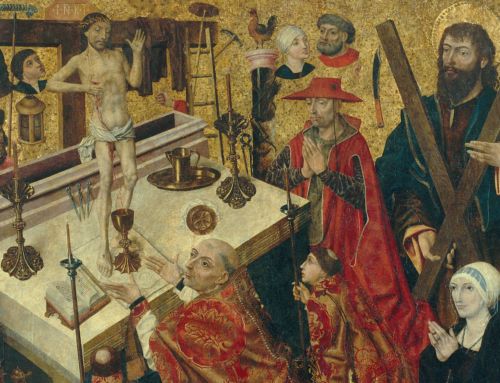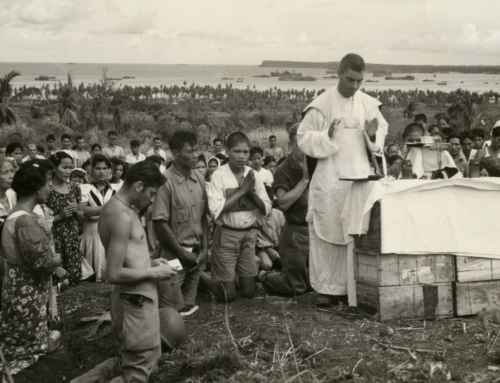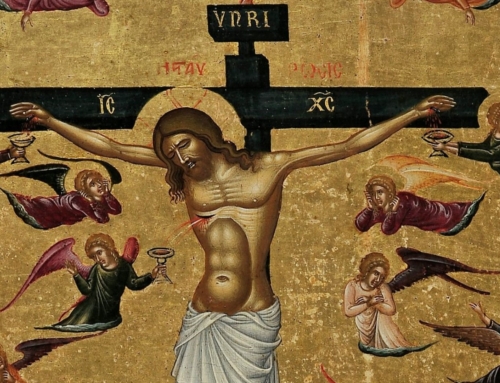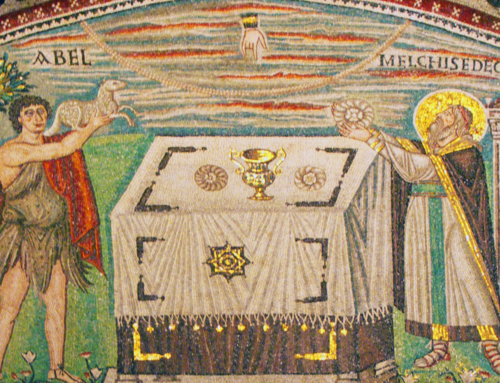When I was in college, I had the chance to visit the Aran Islands on the far edge of Galway Bay with my family. After a flight of many hours, a drive across the width of Ireland, and a ferry trip beyond where the mainland could no longer be seen, I had a peculiar feeling. From the shore, I looked out at the gray sea and blue sky. I looked out into an immense horizon. I felt like I was at the edge of the world.
Walking around the island of Inishmore, we came across the ruins of a small stone church from the eighth century, named in honor of the monk Saint Enda. Over time, the site collected hundreds of gravestones covering the surrounding dunes. Hundreds, hoping for a share in Enda’s holiness, chose this place to stay. The rocky lines of church and headstone had been smoothed by the ocean wind, with only tall grass to block the assault of the elements.
After his conversion, St. Enda learned about how the desert monks of Egypt fled the world to find God, for “the form of this world is passing away” (1 Cor 7:31). They sought seclusion for Christ and found it in the desert just off the Nile River. Enda sought the world’s edge and he found it on Inishmore. Both the desert and island monks saw the world of distraction, temptation, and busyness, and fled to be free with God alone.
But the monks did not seek the edge of the geographical world. Even as I gazed out to the seemingly endless sea, I knew this wasn’t really the edge. I knew that we were only a thirty-minute stroll from our bed and breakfast or a few lanes away from a pub with dinner and a pint. Farther away, I knew that past the horizon, across several hundred miles, was my own home on another continent. Rather, the monks sought a different kind of separation, the border of a higher kingdom.
The weather-beaten church gave a clue as to what the monks sought. Inside the ruins lay a large limestone altar, showered by rains over the decades without a roof. This was once a place of sacrifice. Here on this altar came the true edge of the world. The lines of a tiny, white host traced the border between the earthly liturgy and the unending worship of heaven. The edges of the host marked the edge of the abyss between finite and infinite, created and uncreated. In the Eucharist, we gaze at the line between God and everything else. We see the real edge of the world.
The true edge of the world is wafer thin, yet we cannot cross it by our own efforts. “No one has ever seen God; the only Son, who is in the bosom of the Father, he has made him known” (John 1:18). By our own efforts, we cannot begin to touch or see infinite Goodness. We may fly to the far side of the moon or plumb the ocean depths—but we cannot summon Love—he must show himself. In a great act of revelation, on the first Holy Thursday God brought the edge of the world to us. Tonight is the night of miracles. Love has done more than show himself, he gives himself as food! He leaps over the abyss between heaven and earth and brings the world’s edge to the apostles’ lips. “Take, eat; this is my body” (Matt 26:26).
Tonight is the night of adoration. “Remain here, and watch with me” (Matt 26:38). In the sight of the bounded-infinite, the God-made-man, in the sight of so great a mystery, words fail us. We can only pray for his help that one day we may see him face to face. He has crossed from heaven to earth for us, and in this saving night, we ask him to bring us into that light where he dwells forever in glory.
✠
Photo by Corey Leopold

